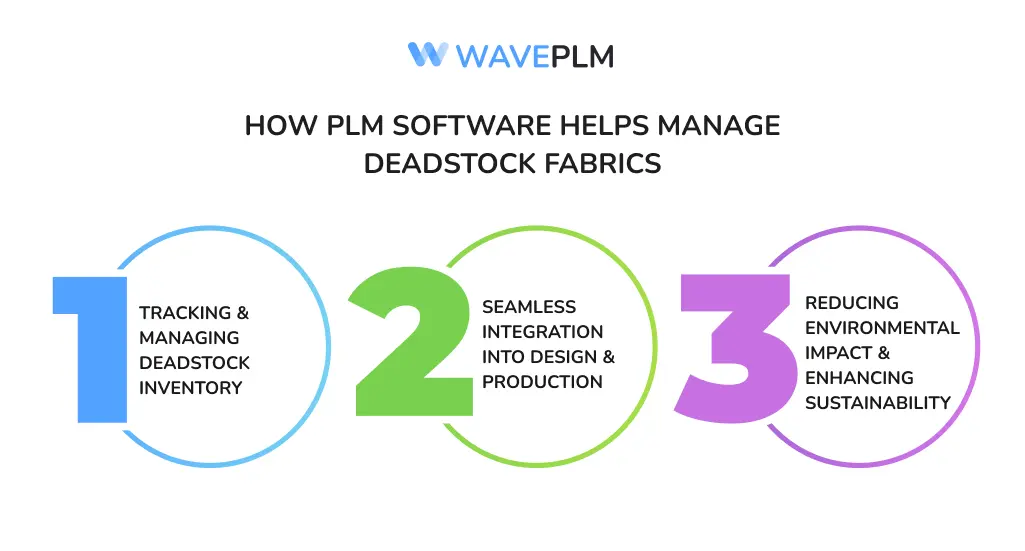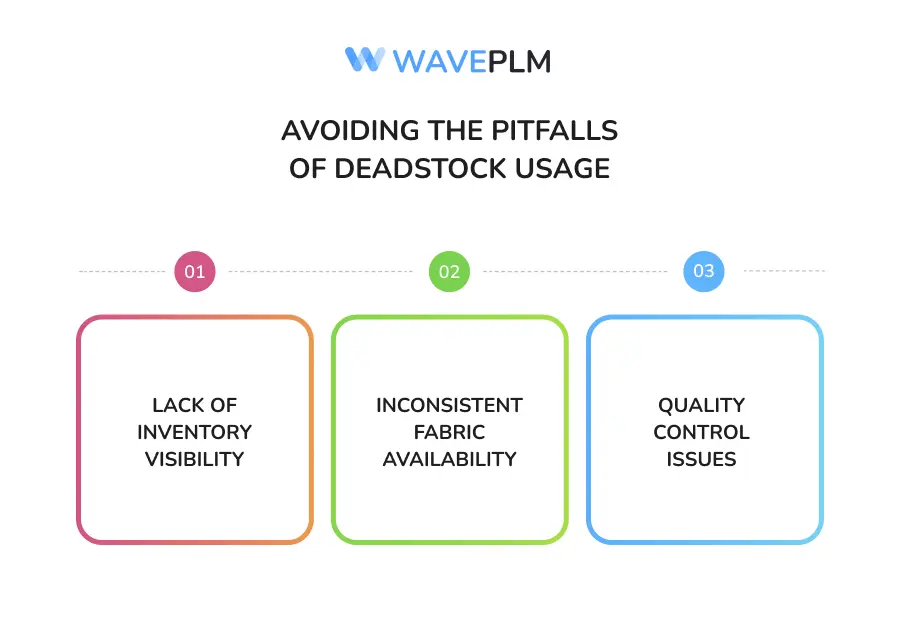
We previously explored what deadstock clothing means and how it impacts the fashion industry. Now, let’s look at how brands can turn deadstock fabrics into valuable assets. This change can help improve sustainability, optimize production, and increase profit margins.
Understanding Deadstock Fabrics in Fashion
Deadstock fabrics refer to excess stock that remains unsold due to poor sales, canceled orders, or overproduction. These materials accumulate in warehouses, causing financial strain and creating an opportunity cost for businesses.
Some deadstock fabrics are thrown away. However, many deadstock fabric stores sell these high-quality materials at lower prices. This makes them a great choice for sustainable fashion brands.
Fashion brands and independent designers often buy deadstock fabric to create new collections without increasing textile waste. By repurposing deadstock vintage fabric or deadstock jersey fabric, companies can reduce waste and lower production costs. However, efficiently managing deadstock items requires a robust inventory management system that prevents overstocking and ensures seamless integration of materials into new collections. This is where PLM software plays a crucial role.
How PLM Software Helps Manage Deadstock Fabrics
Product Lifecycle Management (PLM) software enables fashion brands to track deadstock inventory and strategically incorporate surplus materials into new designs. Without proper inventory tracking, brands may overlook valuable fabric or order unnecessary materials, leading to waste and financial losses.
1. Tracking and Managing Deadstock Inventory
PLM software shows real-time deadstock levels. This helps designers and production teams find and use available materials easily. By sharing excess stock data between departments, brands can prevent overordering. This helps reduce the risk of dead stock, which can hurt cash flow.
With an efficient inventory management system, fashion businesses can:
- Monitor fabric availability in real time
- Identify surplus materials for reuse
- Improve cash flow by reducing unnecessary purchases
- Prevent deadstock buildup from poor sales or canceled orders
2. Seamless Integration into Design and Production
PLM systems helps brands access fabric deadstock details within a centralized system. Designers can search for available fabrics and incorporate them into their sketches and prototypes. This eliminates waste and ensures optimal fabric utilization.
Additionally, fashion PLM tools allow brands to:
- Catalog dead stock fabrics based on material type, color, and condition
- Match available materials with seasonal collections
- Adjust reorder points to avoid excess inventory
- Improve communication between sourcing and production teams
By leveraging PLM software, brands can create stylish, high-quality garments while reducing environmental impacts and material costs.
3. Reducing Environmental Impact and Enhancing Sustainability
Utilizing deadstock apparel significantly reduces the demand for virgin textiles, lowering the industry’s carbon footprint. Every year, millions of tons of fabric waste end up in landfills. By repurposing dead stock materials, brands can contribute to sustainable fashion efforts and reduce waste throughout the supply chain.
Apparel PLM software helps sourcing teams prioritize sustainable materials and maintains quality control throughout the production cycle. With integrated quality control measures, brands can guarantee that fabrics meet durability and design standards before use.

Finding and Utilizing Deadstock Fabrics
Many fashion brands wonder where to buy deadstock fabric to support their sustainability initiatives. Several reliable deadstock suppliers provide these materials through various channels:
- Specialized fabric stores (both online and brick-and-mortar locations)
- Manufacturers with excess inventory due to canceled orders
- Textile recycling initiatives and nonprofit organizations
- Garment factories with surplus fabric from previous production runs
Once you acquire these materials, you must enter them into the PLM system. This helps track them, use them efficiently, and include them in future collections.
Avoiding the Pitfalls of Deadstock Usage
While those fabrics offer cost savings and sustainability benefits, brands must navigate challenges associated with their use:
- Lack of Inventory Visibility – Without a centralized inventory management system, businesses may struggle to track deadstocks effectively and miss out on utilizing existing materials.
- Inconsistent Fabric Availability – Items come in limited quantities, making reorders challenging if a particular fabric runs out mid-production.
- Quality Control Issues – Some apparel may have defects, inconsistencies, or aging issues that impact production quality.
To reduce these risks, PLM software offers real-time tracking, supplier insights, and design tools. This helps brands make smart choices about fabric use. By planning ahead and optimizing inventory management, fashion businesses can ensure that fabrics enhance rather than hinder production.

The Future of Deadstock Fabrics in the Fashion Industry
As sustainable fashion gains momentum, brands are increasingly turning to deadstock materials as a strategic advantage. More people want clothing that brands ethically source and that benefits the environment. They are searching for brands that follow circular fashion principles.
By leveraging PLM tools, fashion businesses can reduce waste, optimize inventory management, and improve profit margins while reinforcing their commitment to sustainability. Using deadstock fabrics in collections helps prevent waste of high-quality materials. It also keeps brands financially flexible.
The term deadstock no longer signifies wasted potential. Instead, it represents an opportunity for brands to reduce environmental impacts, maximize excess inventory, and increase efficiency. With the right tools in place, transforming surplus into style is not only possible but also highly profitable.
The fashion industry is changing. Brands that use these fabrics in their supply chain will stand out. With fashion PLM software as a guiding force, sustainable fashion is no longer a trend—it’s the future.





Leave a Reply